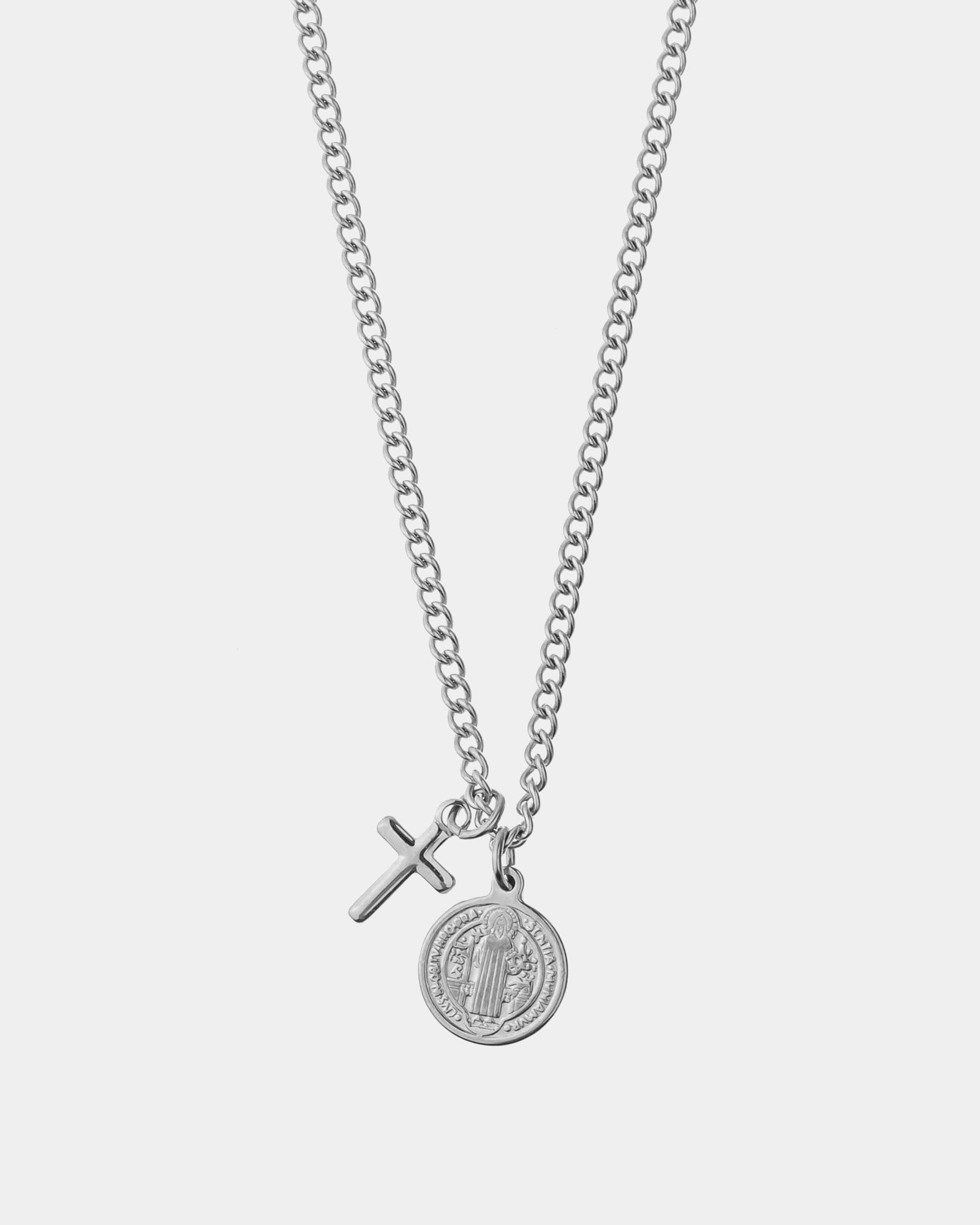Jewelry has been an important form of cultural and artistic expression throughout history. From ancient times, cultures and mythologies from all over the world have used jewelry as a way to tell stories, convey meanings, and celebrate special occasions. In this blog post, we'll explore the fascinating world of jewelry inspired by different cultures and mythologies.
The hamsa symbol is a popular motif in jewelry and other forms of art, originating from Middle Eastern and North African cultures. The symbol is shaped like a hand with an eye in the center and is often associated with protection and good luck. The hamsa symbol is believed to offer protection against the evil eye and negative energy and is often seen as a talisman for bringing good luck, health, and happiness. In various cultures, it is also considered a symbol of abundance, fertility, and prosperity.
The Turkish Eye:
The Turkish Eye, also known as the Nazar Boncugu or the Evil Eye, is a symbol that originated in Turkish culture and is believed to protect against negative energy and the evil eye. It is believed to ward off evil thoughts, bring peace and prosperity to the wearer.
The Egyptian Eye:
The Eye of Horus, also known as the "Egyptian Eye," is an ancient Egyptian symbol of protection, royal power, and good health. It was often depicted in jewelry, worn as an amulet to provide protection and ward off evil. The Eye of Horus is usually depicted as a stylized eye and eyebrow, with six parts representing the different senses. The eye is also associated with the goddess Wadjet, who was believed to have the power to heal and protect the pharaohs. In jewelry, the Eye of Horus is often depicted as a pendant, earrings, or a charm on a bracelet, and is often made of gold, silver, or stainless steel.
Christian Symbols:
Christian symbols in jewelry as a way to express their faith and devotion to their religion. Wearing Christian jewelry serves as a daily reminder of one's beliefs and helps keep them close to their heart. It can also serve as a meaningful gift to others, as it symbolizes love, hope, and faith.
Ancient Rome:
Wearing a Caesar ring was a symbol of power and authority in ancient Rome, and was often given as a reward for political or military achievements. In modern times, wearing a Caesar ring can symbolize a connection to the ancient Roman Empire and its history, as well as an appreciation for the power and influence of Julius Caesar. It can also serve as a symbol of ambition, leadership, and strength. Some people may also wear a Caesar ring as a fashion statement, simply because they like its unique and eye-catching design.
Yin Yang:
The yin yang symbol originates from Taoist philosophy in ancient China. It represents the duality of life, with yin (the dark side) representing femininity, passiveness, and the moon, while yang (the light side) represents masculinity, aggressiveness, and the sun. Together, the two sides are seen as complementary and interconnected, forming a harmonious whole. In jewelry, the yin yang symbol is often used to represent balance, harmony, and the interconnectedness of life.
In conclusion, jewelry with influence from different cultures and mythologies is more than just a decorative accessory. It's a form of artistic expression that tells the stories and beliefs of a civilization, a way to connect with the past and celebrate one's cultural heritage.


























































